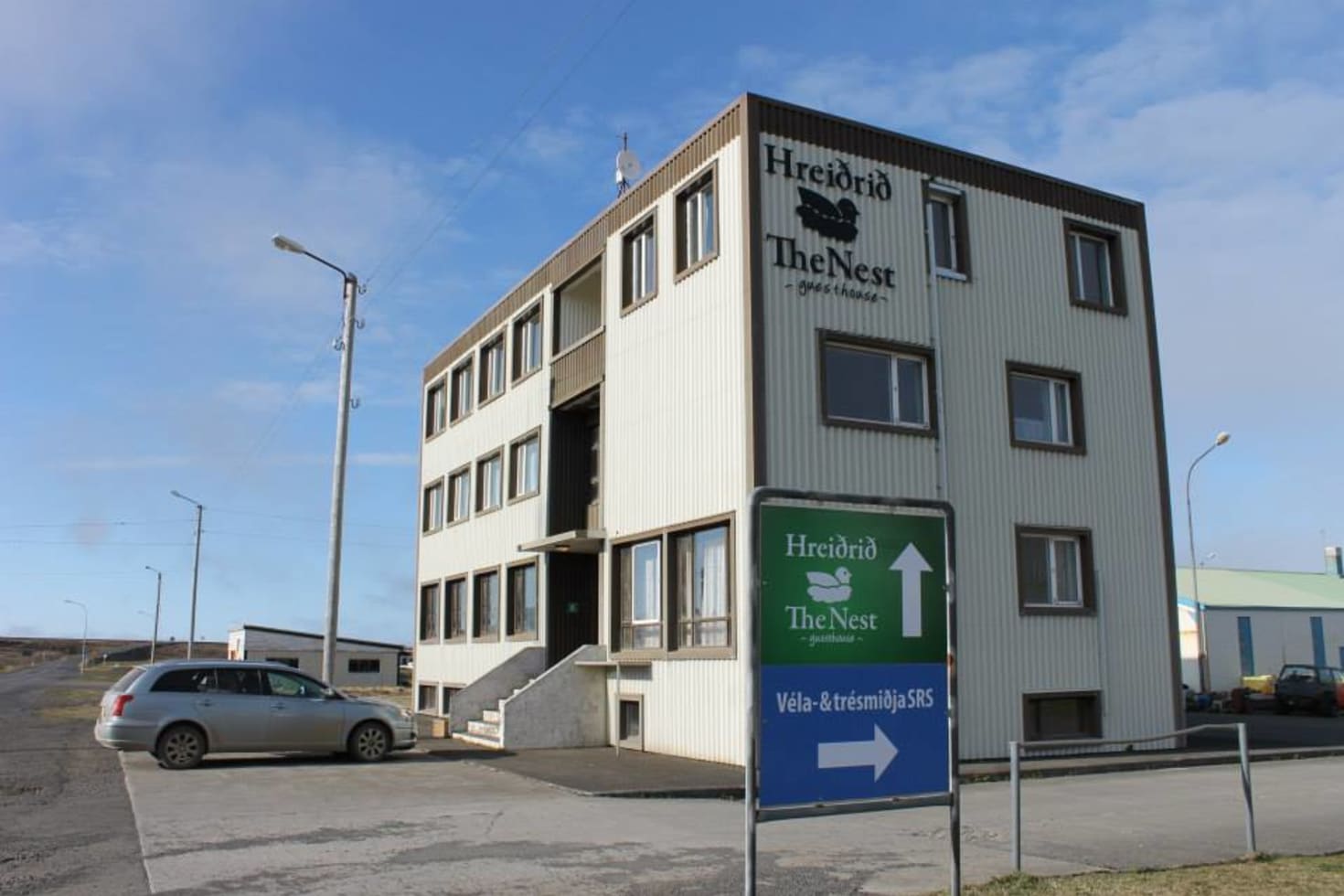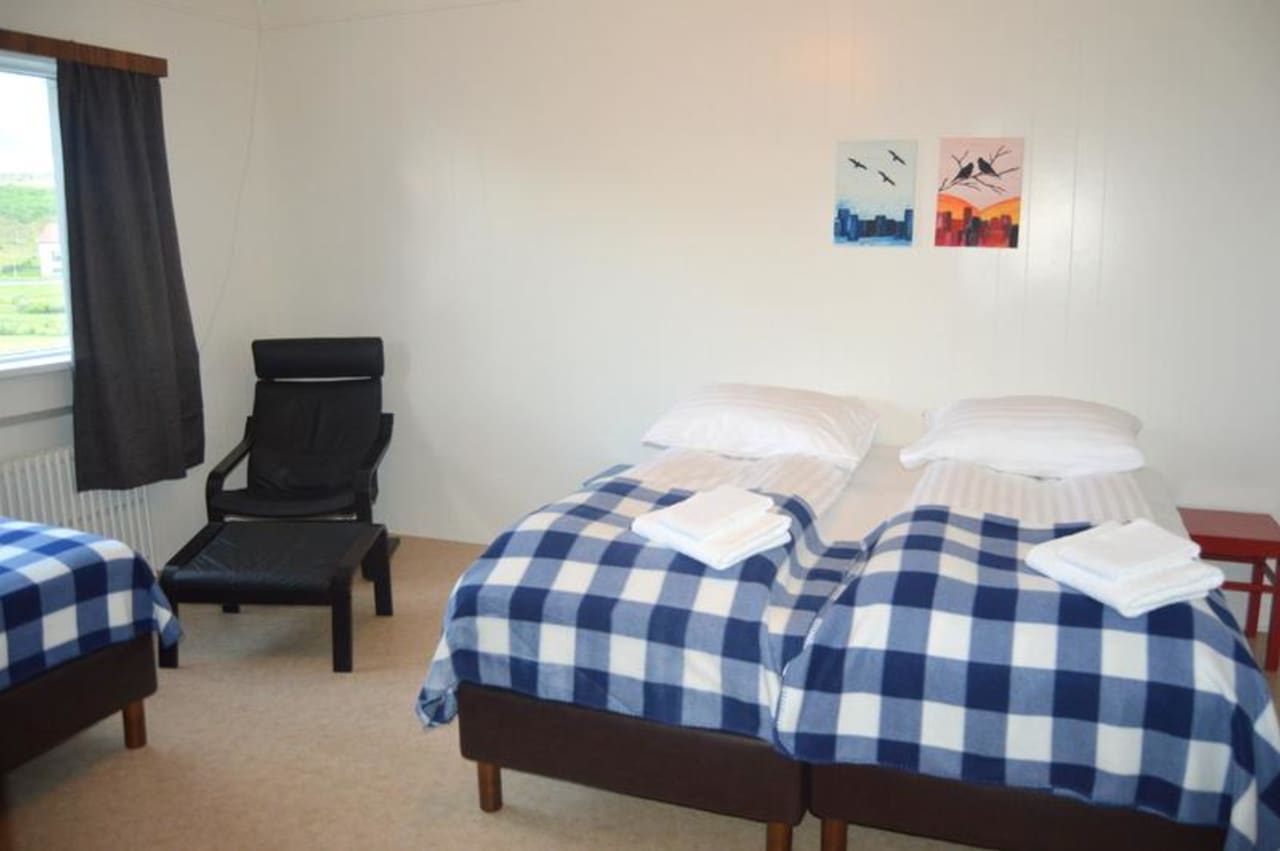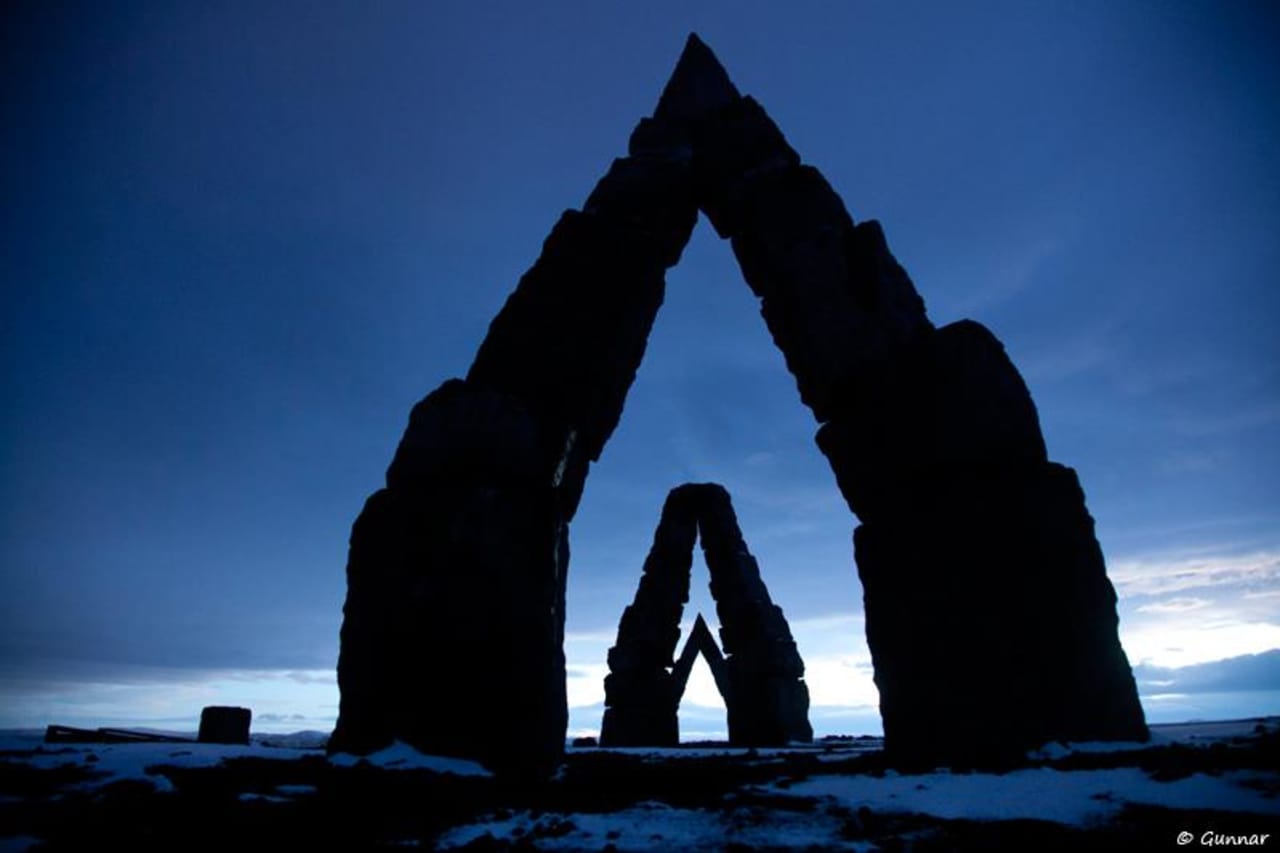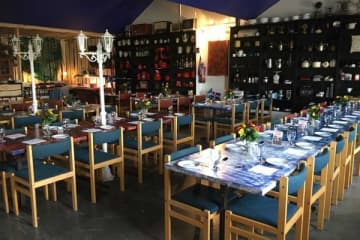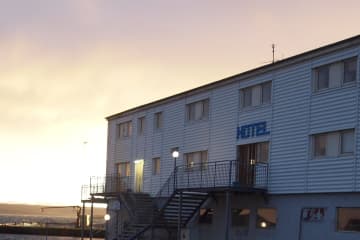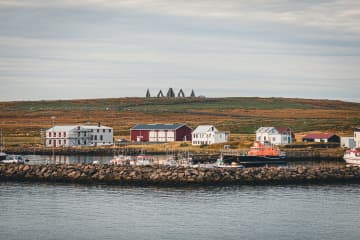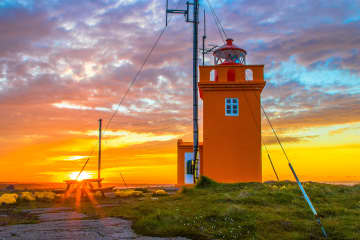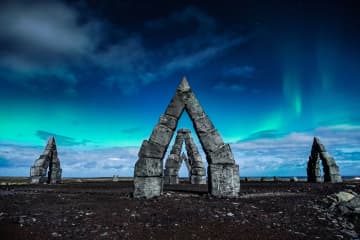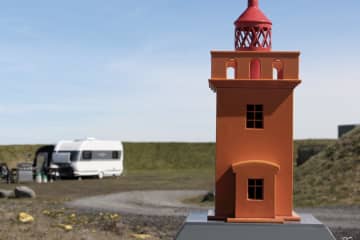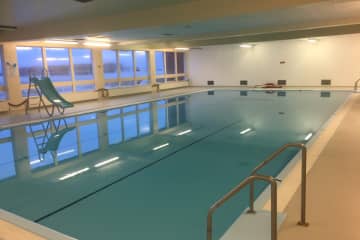Nest Guesthouse is located in Raufarhöfn – the Arctic Circle Village.
We offer made up beds in rooms for 1 to 3 persons with shared bathroom and showers on every floor. All guests have access to a fully equipped kitchen and living room.
We also offer a family apartment for 2 to 3 persons with private kitchen, bathroom and shower.
Nest Guesthouse is suitable for groups up to 28 persons.
In Nest Guesthouse we have good beds and free Wi-Fi.
Be our Guest at The Nest. We look forward to welcoming you!
In the village of Raufarhöfn guests can find a grocery store and restaurant, a swimming pool with sauna, handicrafts gallery, café and more.
The Arctic Henge at Raufarhöfn is under construction; a huge stone structure with allusions to mythology and folklore, designed to interact with the unique natural light.
The area is nice for hiking, bird watching and nature sightseeing.
Nest Guesthouse is ideal for a peaceful stay to enjoy walks, fishing and the midnight sun at the edge of the arctic. The area around The Nest, Melrakkaslétta plain is renowned for the natural splendour of its spring and summer nights, a large number of lakes and rich bird life. Ideal location for the spectacular northern lights display in the winter months.
At the northern extremity of the plain is Hraunhafnartangi point, Iceland’s northernmost extent.
In the neighbourhood:
Rauðanes peninsula in Þistilfjörður is an example of exceptional natural beauty. There is a marked path which takes you along a circular route of about 7 km of easy walking.
The Leader-sheep center in Svalbarð in Þistilfjörður. The Leader-sheep breed and Icelandic sheep herding have been joined by unbreakable bonds since the beginning of settlement in Iceland. With its resiliency, intelligence and exceptional leadership qualities the Leader-sheep has repeatedly proven its worth and value, especially regarding sheep grazing in earlier times. Café Silla in the cellar.
The Northern Þingeyjarsýsla Heritage Museum two kilometers from the village of Kópasker, this museum presents a unique collection of local objects showing daily life in the 19th and 20th centuries.

